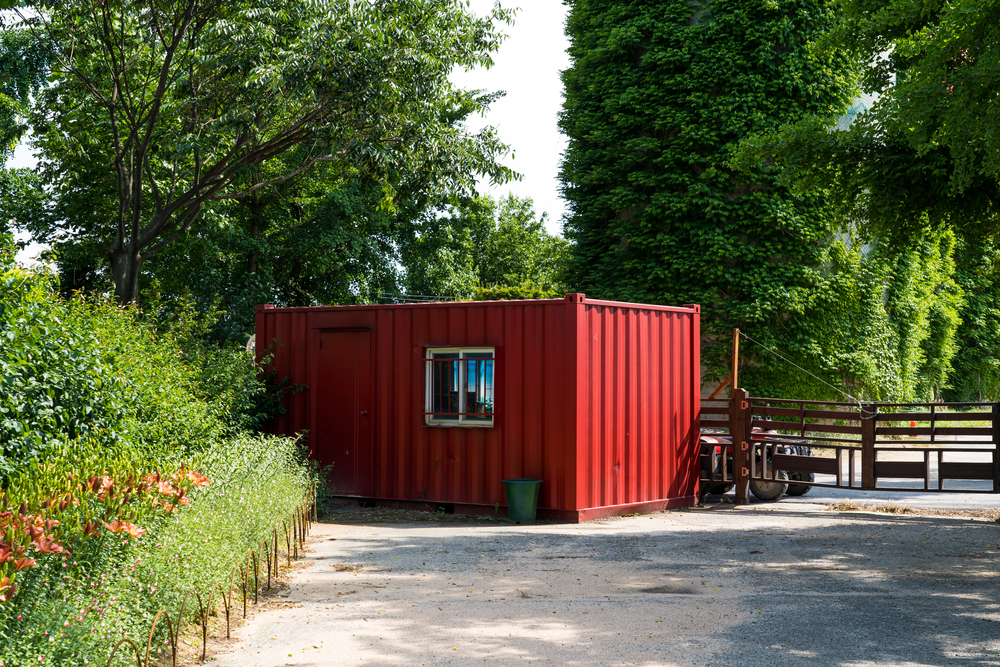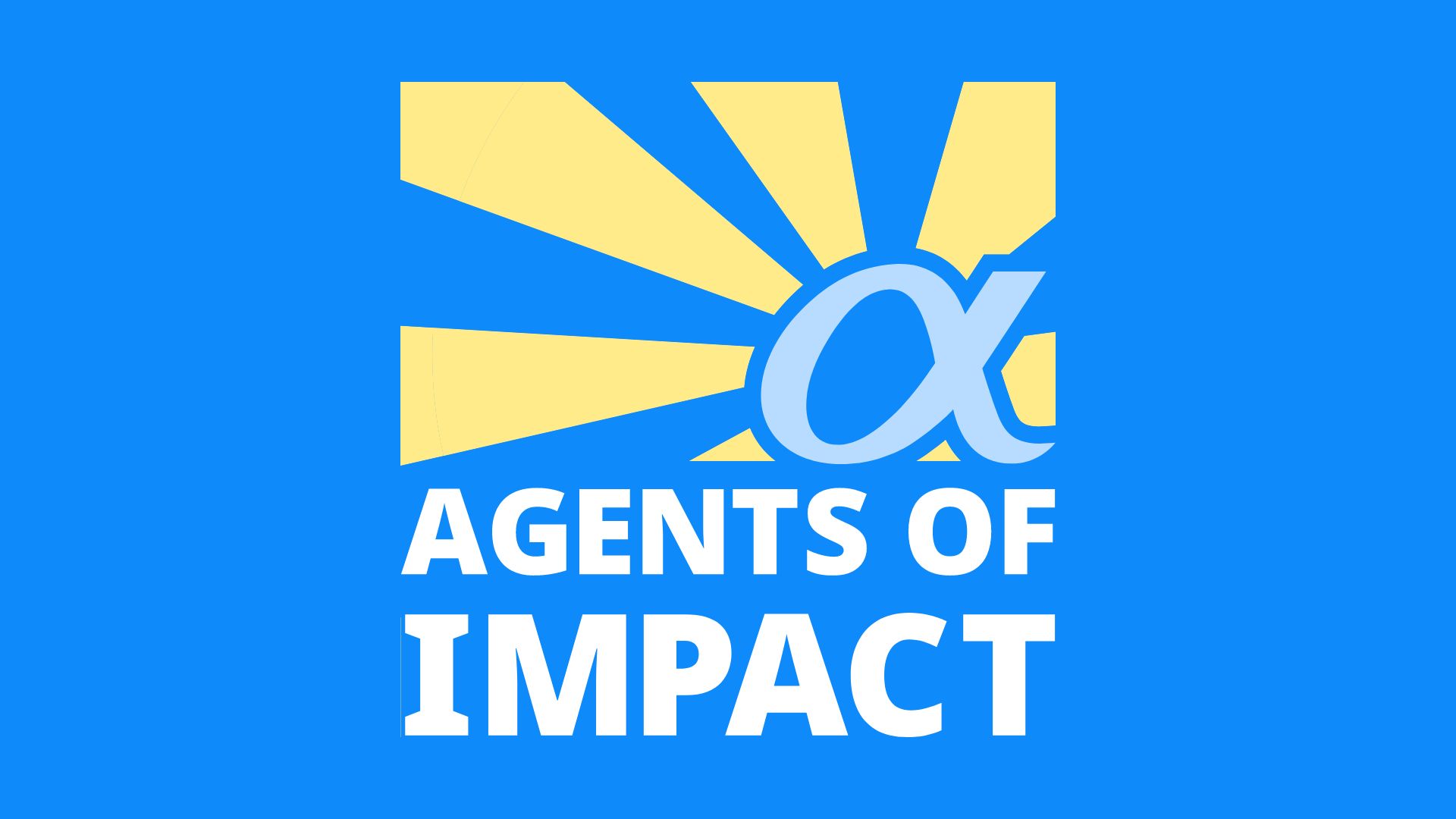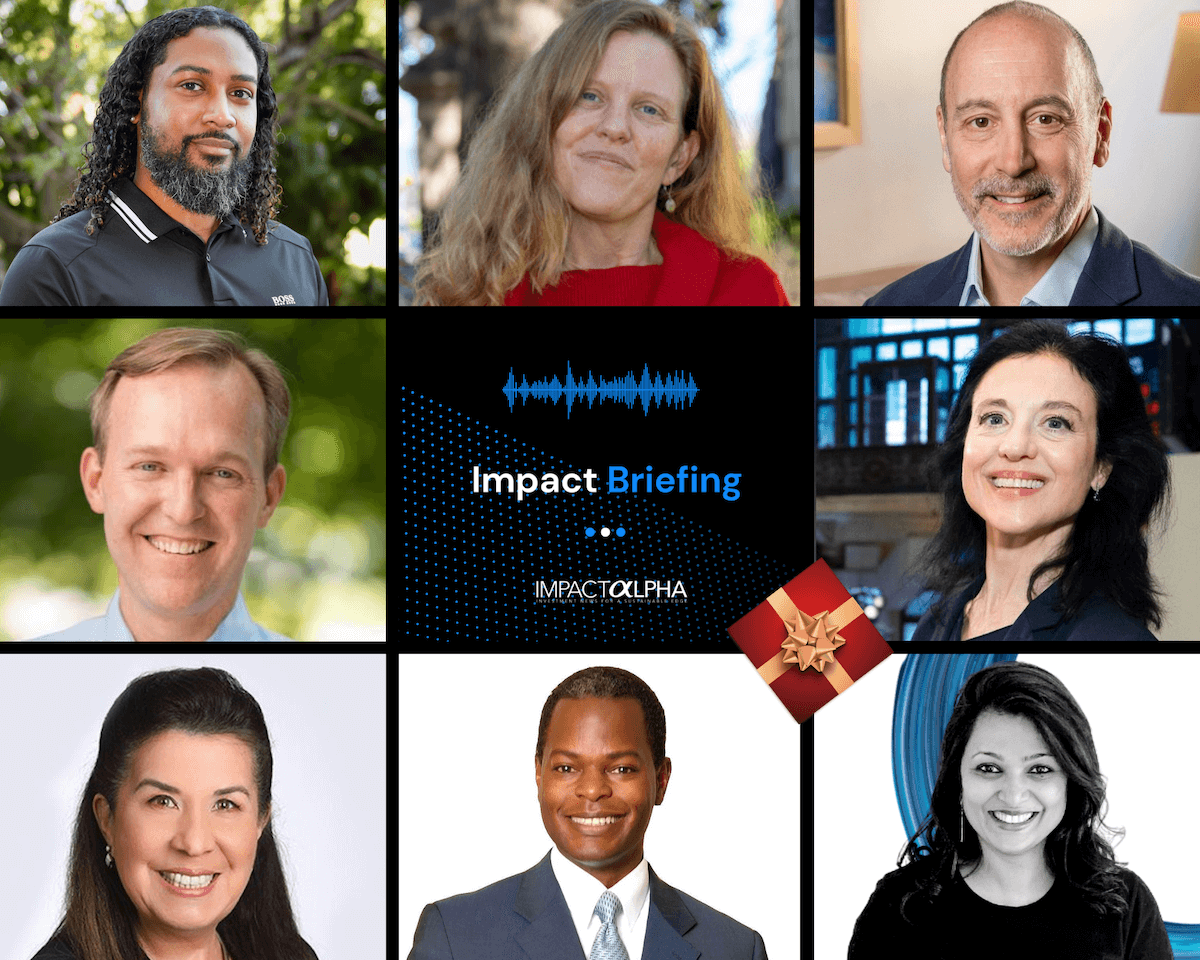ImpactAlpha, Jan 13 – First came solar and wind energy. Then batteries and storage. Now, a raft of better, cheaper and more sustainable solutions are ready for primetime – and billions of dollars in financing.
Look out this year for dramatic growth in electric vehicles (especially fleets), regenerative farming, building efficiency and food waste reduction, Generate’s Jigar Shah says on the latest episode of ImpactAlpha’s Agents of Impact podcast.
“The last four years, we’ve seen tremendous growth in all of our areas. But we’ve seen all that growth with a lot of headwinds,” says Shah, whose firm last year raised more than $1 billion to finance microgrids, HVAC systems, biogas converters, charging depots, wastewater treatment and other categories of sustainable infrastructure.
This year, “Not only is the technology getting cheaper and better and easier to finance and deploy. But you also have a lot of tailwind from political leadership saying, ‘It’s the right thing to do, and it’s the right time to do it,’” he says.
Signs of the fabled tipping point are visible all around us. The International Energy Agency reports that 90% of all generating capacity added to global electric grids last year was clean. A stunning 54% of new car sales in Norway were electric vehicles (up from 42% in 2019). Vehicle fleet operators have determined that EV per-mile operating costs are lower than gas-powered. Even farmers are finding increased profits by increasing the carbon in their soil and reducing their use of water and fertilizer.
And investors are asking for more. “Right now we have more money chasing not enough projects,” Shah says. Institutional investors, such as pension funds, flush with capital, are looking for dependable long-term cash flows to support an aging population. “You’re investing in technologies, that by definition, will be allowed to operate for 40-50 years. Why would you invest in something that is likely to get regulated out of existence in 15 to 20 years? That doesn’t make any sense.”
Rinse and repeat
Generate is part of a growing category of sustainable infrastructure investors that are going beyond solar and wind to aggregate projects and hammer out deal structures so Wall Street can pop new categories of infrastructure into the portfolios of the biggest asset owners. “Infrastructure” funds raised more than $76 billion last year, slightly down from 2019 but a surprisingly strong showing given pandemic-related slowdowns.
“It’s about what the Wall Street capital firms want to do,” Shah says. “They’re saying, ‘I’ve got a billion dollars of solar coming in every single month. I just securitize it. I’ve got people who want to buy it. The documents are the same. I’m rinse and repeating.’”
“‘When when you bring me a billion dollars worth of green hydrogen projects, or fuel cell projects, or anaerobic digester projects – I got a guy and he’s got to do an extra 500 hours worth of work.’ So you can imagine they say, ‘I don’t know, if I want to do that. It’s only a $250 million portfolio. Bring it back to me when it’s $500 million.’”
“And so those opportunities continue to come over and over again, whether it’s electric garbage trucks, or green hydrogen, or drayage trucks at the Port of Los Angeles. There’s always a frontier of technology that nobody wants to do the $25 million, $30 million or $50 million check,” he says. “We’re filling that piece of the value chain, and we’re bridging people to bankability.”
Policy tailwinds
The changing of the guard in Washington expands the opportunity set, but Shah is skeptical of the political prospects for big-swing policies like a national price on carbon. But he says both parties appear keen to spend big on programs that stimulate the economy and put people to work. Think weatherization of buildings. Or government procurement of electric fleets.
Government has a role to play as well, Shah says, in job training, loan guarantees and early-stage project development financing, especially to make sure that the benefits of the sustainable infrastructure rebuild reach all communities and fulfill promises of “climate justice.”
“When you think about the boom of the 1950s – which we are probably on the verge of replicating here – deliberately excluded certain people, with redlining and all sorts of other things. It’s important not to do that this time around.”
“We definitely need 25 million new people to get to work to be able to decarbonize at the scale that we need to decarbonize. That’s a lot of jobs, and those are a lot of good paying jobs.
“There are certain things we can use private-sector dollars for, and certain things that we can leverage government programs to bring in that justice component into what we do.”
Catch up on all of ImpactAlpha’s podcasts, including our weekly Impact Briefing.










